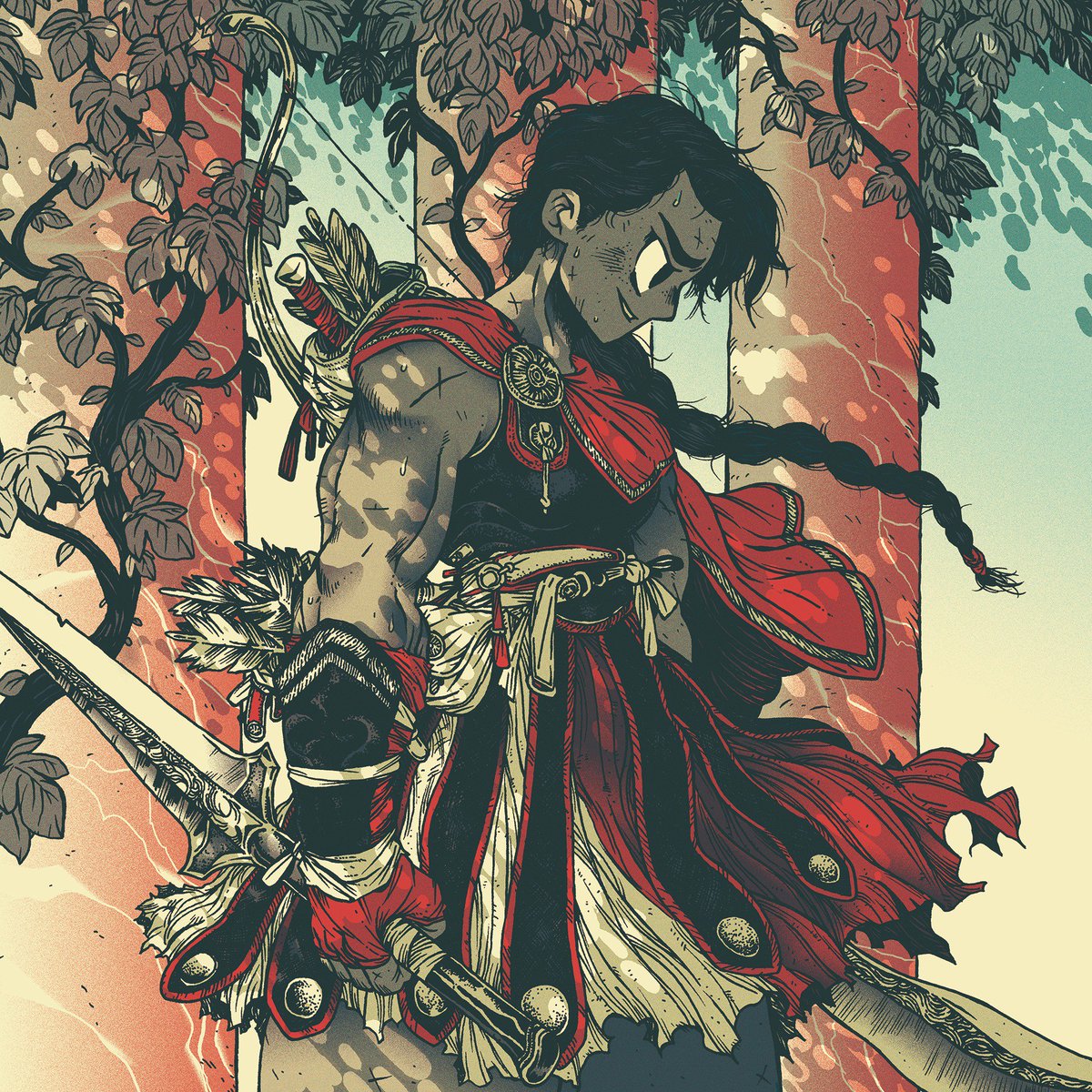
Jun’s trauma manifests in her external landscape as she struggles to reconcile her past with her present. Mental illness is difficult to draw, and PTSD (post-traumatic stress disorder) is no exception.

Like too many veterans worldwide, Jun and her friends have been abandoned by a government all too ready to send them to war, but ill-equipped to help them re-integrate into society when they return. Well-grounded in reality, however, are the war’s continuing effects on Jun and her fellow veterans as they battle for survival on the streets. The war, the city, and Jun herself are all fictional, dreamed up by French-Laotian author and artist Guillaume Singelin. A veteran, Jun spends much of the story struggling for control of her self, her life, and especially the addictions she’s been unable to shake since the war in which she served as a sharpshooter.

A woman named Jun, striking for her red hair and eye patch, navigates a dark city teeming with sights, smells, sounds, and textures so rich as to be claustrophobic.

“PTSD” opens with the elements: wind, rain, cold and other forces beyond human control. Adult, maybe older teen (some graphic violence).


 0 kommentar(er)
0 kommentar(er)
